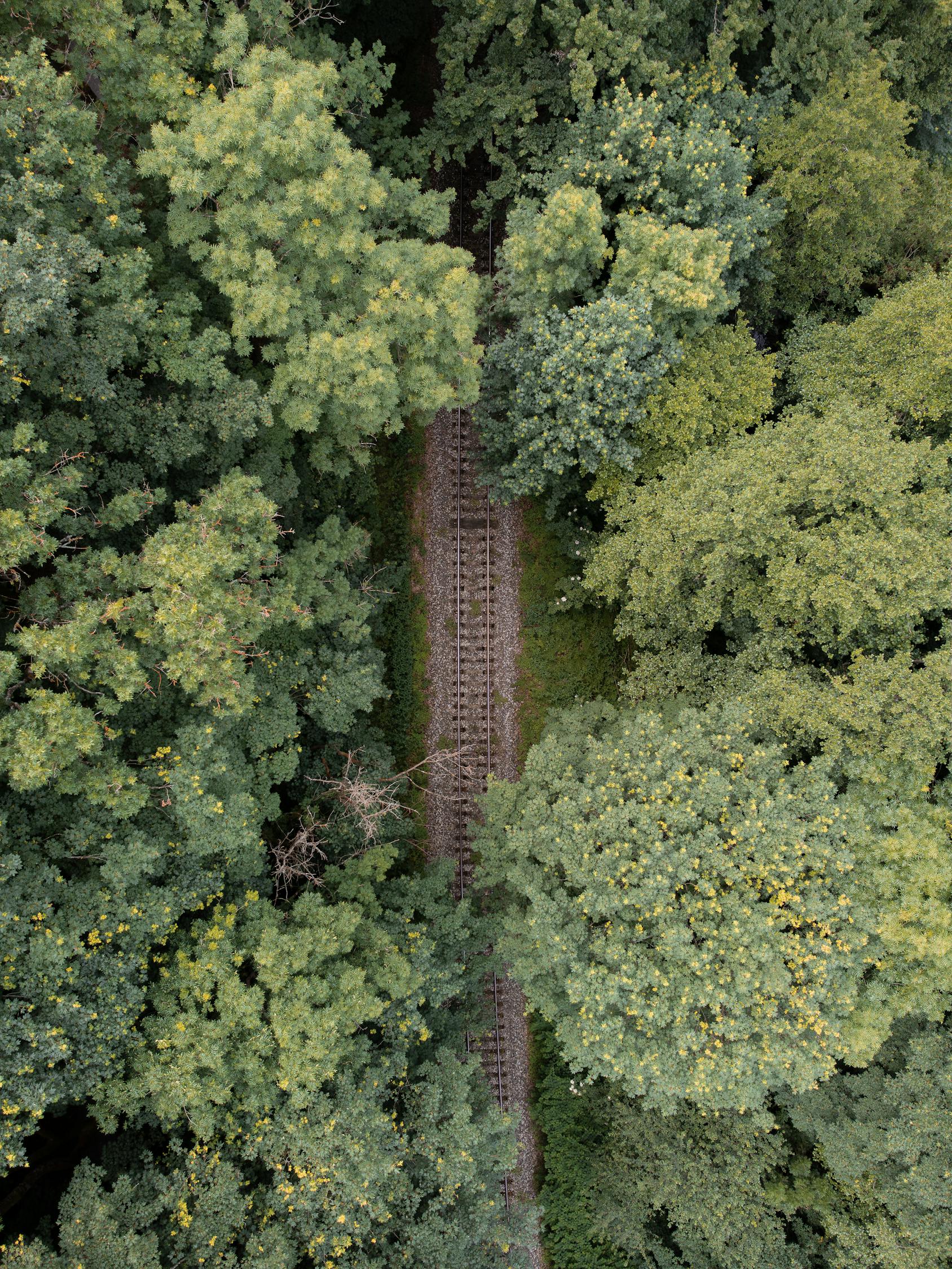Geovis Project Assignment @RyersonGeo, SA8905, Fall 2021 – Takoda Chance Kemp
This index seeks to delineate areas within the Greater Toronto Area that are characterized as being in close proximity to greenery and wellness entities.

In this model, greenery and wellness entities are considered as those that are wooded, in some cases recreational, and offer potentially efficient transportation opportunities. Here, distance metrics are created and joined to census geography to create a novel planning tool for planners and interested researchers.
Link to Dashboard

Data Sources
The variables chosen for this model are spatial statistics that are available for an area the size of the Greater Toronto Area. More nuanced spatial databases are available at the city level, though, anecdotally, it can prove difficult to find similar data sets across the municipalities’ open data portals.
- Greater Toronto Area (GTA)
- created by DMTI Spatial Inc. on August 15th, 2012.
- Federal Electoral Districts (FEDs)
- created by Statistics Canada on November 16th, 2016.
- clipped to the GTA boundary
- Land Use Cover
- created by DMTI Spatial Inc. on September 15th, 2020.
- ‘Park’s and Recreation’ vectors selected and exported.
- Transit Line
- created by DMTI Spatial Inc. on September 15th, 2020.
- detailed polylines of all available transit options in the GTA.
- Wooded Area
- created by the Ontario Ministry of Natural Resources on September 1st, 2006.
- a woodland data set.
- Trails Line
- created by DMTI Spatial Inc. on April 1st, 2015.
- polylines of walking, hiking, and biking trails.
Methodology
The methodology for this analysis is quite straightforward. Firstly, Distance Accumulation is used in ArcGIS’s toolbox – an improved version of Euclidean Distance that is now found in ArcGIS Pro.


After the process, the cells of each raster are converted into points so that they may be normalized to a range of 0 to 1.


Lastly, the FED cartographic boundary file is clipped to the GTA boundary file, and then the values of these points are spatially joined to the vectors. Ultimately, the mean values of the points contained within each polygon are retained.

- Proximity to wooded areas is weighted 50%,
- parks and recreational areas – 25%,
- trails – 15%,
- and public transit lines – 10%.
The variables are weighted and combined linearly in the final Greenery and Transit Wellness Index. The dashboard allows the user to select and view the Greenery and Transit wellness statistics of any FED within the GTA. On the left side of the window one can see a graph of each factor grouped by FED.
Zooming into, or selecting any FED on the map, or list on the right side of the screen changes the features of the graph. Finally, on the bottom right of the dashboard, a legend with the choropleth’s colour classification scheme can be found in the first tab . The second tab details the statistics of user selected FED’s, while the third lists this project’s data sources.
Literature
The methodology of this assignment is based off the following literature where links between access to green space and health outcomes are explored.
Markevych, I., Schoierer, J., Hartig, T., Chudnovsky, A., Hystad, P., Dzhambov, A. M., de Vries, S., Triguero-Mas, M., Brauer, M., Nieuwenhuijsen, M. J., Lupp, G., Richardson, E. A., Astell-Burt, T., Dimitrova, D., Feng, X., Sadeh, M., Standl, M., Heinrich, J., & Fuertes, E. (2017). Exploring pathways linking greenspace to health: Theoretical and methodological guidance. Environmental Research, 158, 301-317. https://doi.org/10.1016/j.envres.2017.06.028
Twohig-Bennett, C., & Jones, A. (2018). The health benefits of the great outdoors: A systematic review and meta-analysis of greenspace exposure and health outcomes. Environmental Research, 166, 628-637. https://doi.org/10.1016/j.envres.2018.06.030
O’Regan, A. C., Hunter, R. F., & Nyhan, M. M. (2021). “Biophilic cities”: Quantifying the impact of google street view-derived greenspace exposures on socioeconomic factors and self-reported health. Environmental Science & Technology, 55(13), 9063-9073. https://doi.org/10.1021/acs.est.1c01326
Roberts, M., Irvine, K. N., & McVittie, A. (2021). Associations between greenspace and mental health prescription rates in urban areas. Urban Forestry & Urban Greening, 64, 127301. https://doi.org/10.1016/j.ufug.2021.127301
Data Bibliography
Greater Toronto Area (GTA) Boundary
DMTI Spatial Inc. (2012, Aug 15). Greater Toronto Area (GTA) Boundary. Scholar’s Geoportal. http://geo.scholarsportal.info.ezproxy.lib.ryerson.ca/#r/details/_uri@=41643035
Land Cover Region
DMTI Spatial Inc.(2020, Sep 15th). Land Cover Region. Scholar’s Geoportal. http://geo.scholarsportal.info.ezproxy.lib.ryerson.ca/#r/details/_uri@=23205193
Trails Line
DMTI Spatial Inc. (2020, Sep 15th) Trails Line. Scholar’s Geoportal. http://geo.scholarsportal.info.ezproxy.lib.ryerson.ca/#r/details/_uri@=52582877&_add:true_nozoom:true
Transit Line
DMTI Spatial Inc. (2020, Sep 15th). Transit Line. Scholar’s Geoportal. http://geo.scholarsportal.info.ezproxy.lib.ryerson.ca/#r/details/_uri@=7413879
Cartographic Boundary Files (CBF), 2016 Census
Federal Electoral Districts, 2013 Representation Order
Statistics Canada. (2016, Nov 16th). Cartographic Boundary Files (CBF), 2016 Census. Scholar’s Geoportal. http://geo.scholarsportal.info.ezproxy.lib.ryerson.ca/#r/details/_uri@=749265755
Wooded Area
Ontario Ministry of Natural Resources. (2006, Sep 01). Wooded Area. Scholar’s Geoportal. http://geo.scholarsportal.info.ezproxy.lib.ryerson.ca/#r/details/_uri@=1335213247&_add:true_nozoom:true